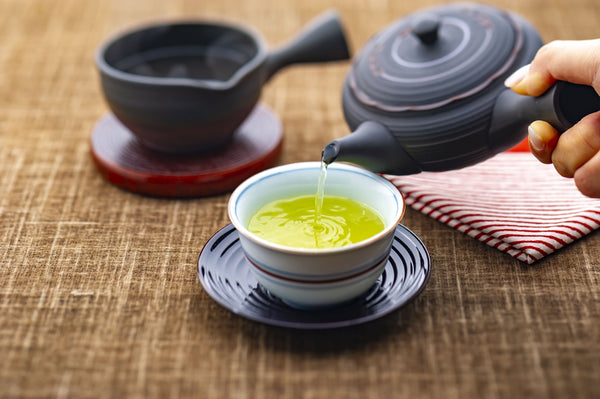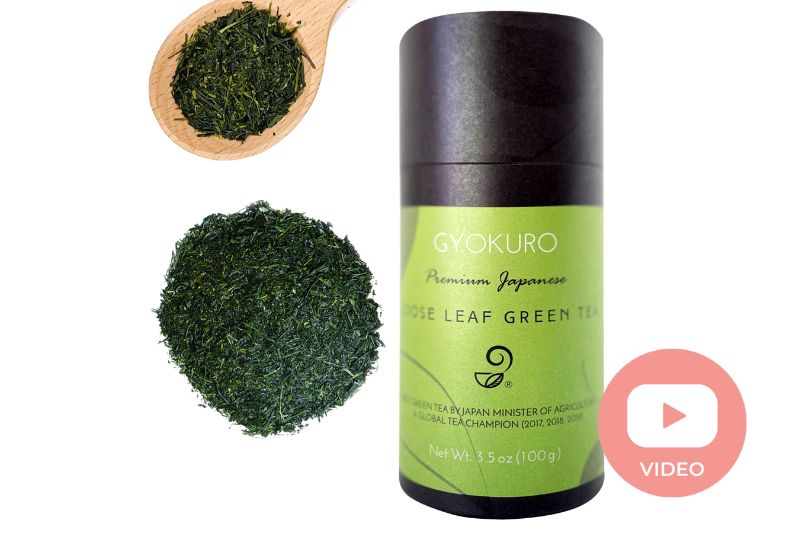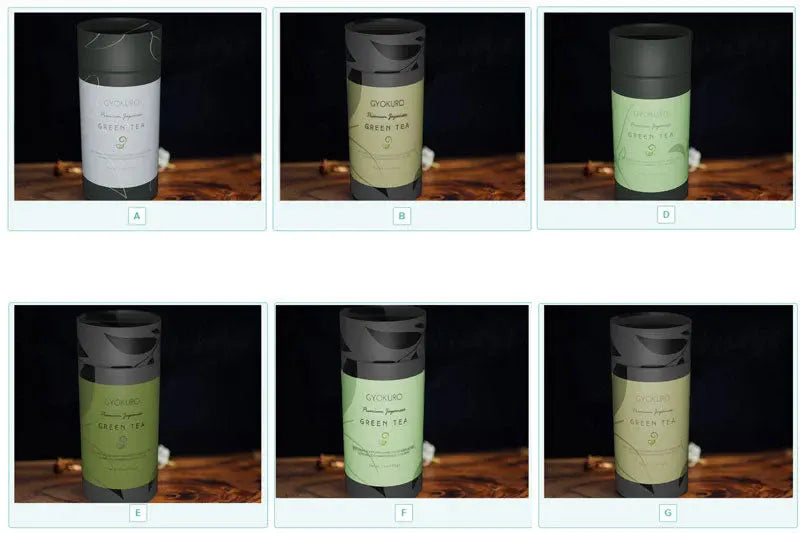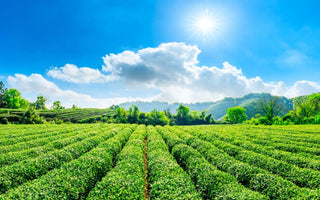What do you really know about Gyokuro and Tencha? A quick quiz!
In part, this is a test of what you really know about green tea production and some of the subtle yet important differences out there. Before we dive into the article’s topic, I want to present a quick question: What do you know about tencha? Do you know what the difference is between tencha and gyokuro? Have you even heard of tencha? Where, without giving a hint, does matcha come from? Chances are you have either come across of enjoyed gyokuro. And perhaps you understand some of the differences that make gyokuro unique. This article is a reply to some of these questions and a challenge for you to expand the world of tea that you currently enjoy. Let’s take a few moments to dive into gyokuro and tencha and find out what differences and similarities are out there!
What is gyokuro?
Yes, gyokuro is that often higher priced yet darker green tea that leaves a brighter green look in your mug. While gyokuro tea comes from the same plant, camellia sinesis, as tencha and sencha, etc. it is often distinguished by the way the plants are altered pre-harvest. Approx. 3 weeks prior to the plucking of the leaves, the tea plants are covered to prevent most of the sunlight from reaching its leaves. Why? This process of blocking the sunlight alters the biochemical composition of the plants. Theanine moves from the root to the stem and leaves of the plants. Catechins normally would neutralize the bitterness that comes from theanine via sunlight, however, in gyokuro the theanine remains with its subsequent bitterness. Blocking the sunshine also produces dimethyl sulfite which cements the smell of seaweed found in gyokuro. Lastly, gyokuro’s color as noted above is particularly dark. This is because chlorophyll, which is normally limited by sunlight, is allowed to flourish as the tea plants are shaded.
Gyokuro leaves are then steamed and kneaded soon after the leaves are harvest. This process is replicated in the production of sencha. The kneading helps break down the cell walls of the original leaves and allows the leaves to be fused into water much easier.

Tencha, I’ve never heard of that before.
Tencha are the leaves used to making matcha. Ten means “mortar” and cha, of course, refers to “tea” (genmaicha, sencha, etc.). Tencha has a strong connection with gyokuro in both the way its grown and its flavor profile. In terms of growing, tencha is also shaded for approx. 3 weeks and then harvested. The theanine leaves are similar and help give both tencha and gyokuro the smooth and mellow taste. Once harvested, tencha leaves are stemmed like gyokuro. However, tencha leaves are then dried and not kneaded. This is primarily to ease the removal of steams and to help attain a flat leave for matcha production. If one were to make matcha out of the recently picked tencha leaves, the tencha is then de-stemmed and graded. This process includes deveining and destemming the leaves in order to ensure quality. The remaining leaves are graded and grounded slowly on a stone mill, which of course is where the name “matcha” is derived, meaning “ground tea”.
Can I brew tencha leaves?
Beyond the creation of matcha, tencha leaves can also be brewed. In fact, tencha maintains its freshness longer than matcha which may be a brewing consideration. Unfortunately, unlike gyokuro, it is not as easy to extract the tencha flavor profile. Higher grade and higher quality tencha must be selected. The color is pale green and echoes a similar gyokuro-style. Surprisingly is has a stark difference vs matcha. Oddly enough as well, tencha leaves are substantially lighter than gyokuro leaves. This means when steeping this type of tea, you may notice floating leaves, and its recommended you press those leaves down and perhaps add additional leaves. Additionally, tencha is not a tea ceremony tea. This may be, for some even more of a reason to try it out!
Yes, there's more to add to your tea collection!
We began with a series of questions and journeyed our way through two popular production teas. There are some quite unique similarities and differences between the two teas. If you are ever in Japan and see fields covered in semi see-through coverings then chances are it's one of these two teas. More immediately, next time you are in search of matcha or gyokuro, perhaps it may be time to pick up some tencha as well. The differences are noticeable and who knows, maybe these teas are simply an added bonus to your collection.
Buy Premium Gyokuro Tea
Get Free Bonus Books

Sign up for free to the Green Tea Club to get advice and exclusive articles about how to choose Japanese Tea, and tips, tricks, and recipes for enjoying Japanese tea.
About the author
Kei Nishida
Author, CEO Dream of Japan
Certification: PMP, BS in Computer Science
Education: Western Washington University
Kei Nishida is a passionate Japanese green tea connoisseur, writer, and the founder and CEO of Japanese Green Tea Co., a Dream of Japan Company.
Driven by a deep desire to share the rich flavors of his homeland, he established the only company that sources premium tea grown in nutrient-rich sugarcane soil—earning multiple Global Tea Champion awards.
Expanding his mission of introducing Japan’s finest to the world, Kei pioneered the launch of the first-ever Sumiyaki charcoal-roasted coffee through Japanese Coffee Co. He also brought the artistry of traditional Japanese craftsmanship to the global market by making katana-style handmade knives—crafted by a renowned katana maker—available outside Japan for the first time through Japanese Knife Co.
Kei’s journey continues as he uncovers and shares Japan’s hidden treasures with the world.
Learn more about Kei





